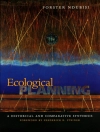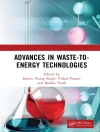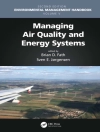In the Bhopal disaster of 1984, approximately 2, 000 residents living near a chemical plant were killed and 20, 000 more suffered irreversible damage to their eyes and lungs following the accidental release of methyl isocyanate. This tragedy served to focus international attention on the need for governments to identify hazardous substances and assist local communities in planning how to deal with emergency exposures. Since 1986, the U.S. Environmental Protection Agency has been tasked with identifying extremely hazardous substances and, in cooperation with the Federal Emergency Management Agency and the Department of Transportation, assist local emergency response planners. The National Advisory Committee on Acute Exposure Guideline Levels for Hazardous Substances was established in 1995 to develop acute exposure guideline levels (AEGLs) for high priority toxic chemicals that could be released into the air from accidents at chemical plants, storage sites, or during transportation. This book reviews toxicity documents on five chemicalschlorine, hydrogen chloride, hydrogen fluoride, toluene, and uranium hexafluoridefor their scientific validity, comprehensives, internal consistency, and conformance to the 1993 guidelines report.
Board on Environmental Studies and Toxicology & Commission of Life Sciences
Acute Exposure Guideline Levels for Selected Airborne Chemicals [EPUB ebook]
Volume 1
Acute Exposure Guideline Levels for Selected Airborne Chemicals [EPUB ebook]
Volume 1
Купите эту электронную книгу и получите еще одну БЕСПЛАТНО!
язык английский ● Формат EPUB ● страницы 219 ● ISBN 9780309183543 ● издатель National Academies Press ● опубликованный 2001 ● Загружаемые 3 раз ● валюта EUR ● Код товара 7143284 ● Защита от копирования Adobe DRM
Требуется устройство для чтения электронных книг с поддержкой DRM












